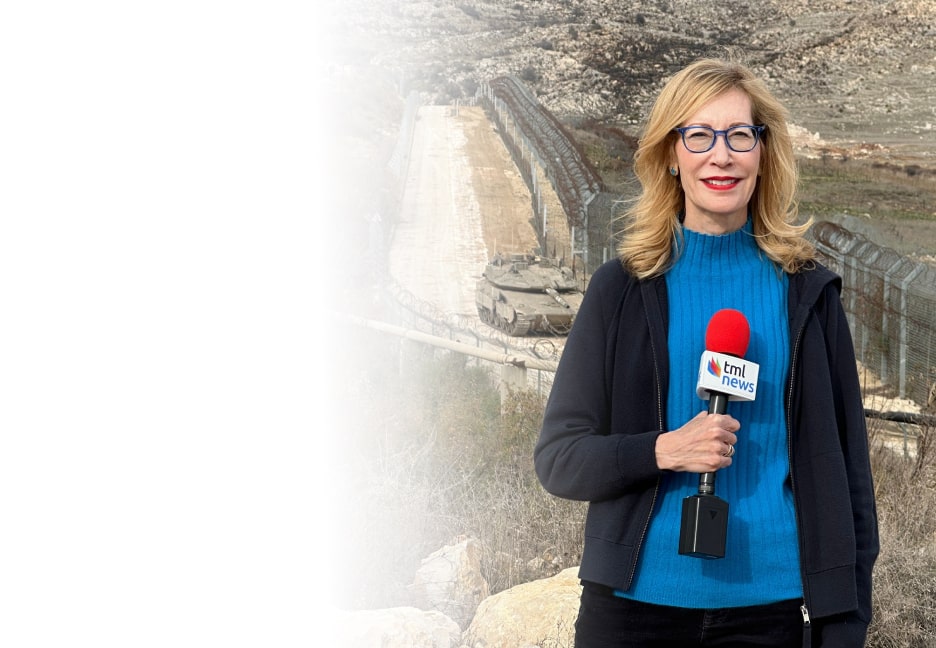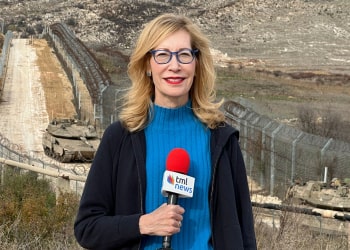Iran has notified the International Atomic Energy Agency (IAEA) of its plan to install more than 6,000 additional centrifuges at its nuclear enrichment facilities and to activate more of its existing centrifuges, according to a confidential IAEA report released Thursday.
The move comes in response to a recent resolution passed by the IAEA’s 35-nation Board of Governors, which called for increased cooperation from Iran. The resolution, backed by the US, Britain, France, and Germany, drew Tehran’s ire and prompted the announced expansion.
This holiday season, give to:
Truth and understanding
The Media Line's intrepid correspondents are in Israel, Gaza, Lebanon, Syria and Pakistan providing first-person reporting.
They all said they cover it.
We see it.
We report with just one agenda: the truth.


The new centrifuges will significantly boost Iran’s uranium enrichment capabilities, raising concerns about nuclear proliferation. Iran maintains that its nuclear program is for peaceful purposes, though Western powers argue that uranium enriched to 60% purity—close to the 90% required for weapons-grade material—has no plausible civilian use.
While most of the planned installations are geared for 5% enrichment, the IAEA report highlighted Iran’s potential to adjust enrichment levels rapidly. At Fordow, a facility embedded in a mountain and considered strategically sensitive, eight cascades of advanced IR-6 centrifuges are set to come online soon.
The IAEA also reported that Iran has installed 18 additional cascades of IR-4 centrifuges at its Natanz underground facility and plans a massive cascade of 1,152 IR-6 machines at an above-ground pilot plant. However, the IAEA confirmed that as of November 26, no uranium had been fed into these new cascades.
Iran’s latest actions have complicated diplomatic efforts to revive talks on its nuclear program. The country recently offered to cap its 60%-enriched uranium stockpile, but this was rejected as conditional upon avoiding further IAEA resolutions.